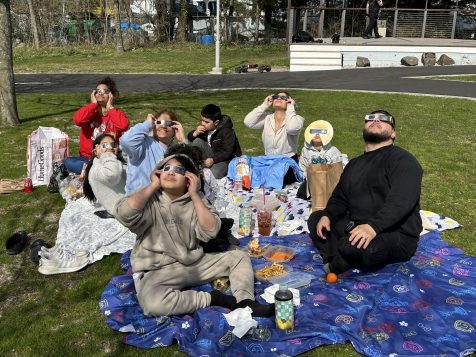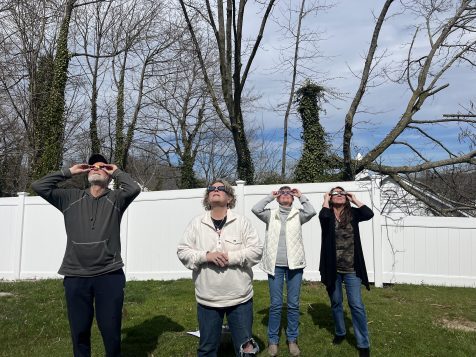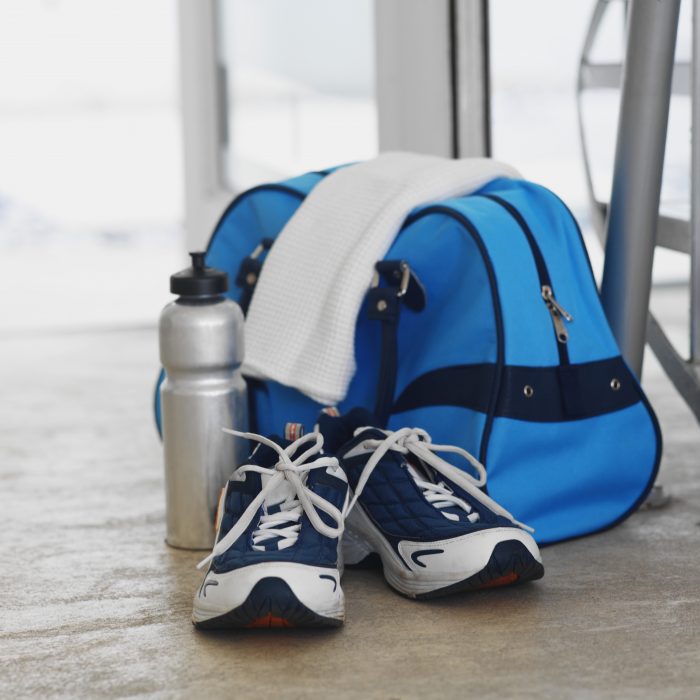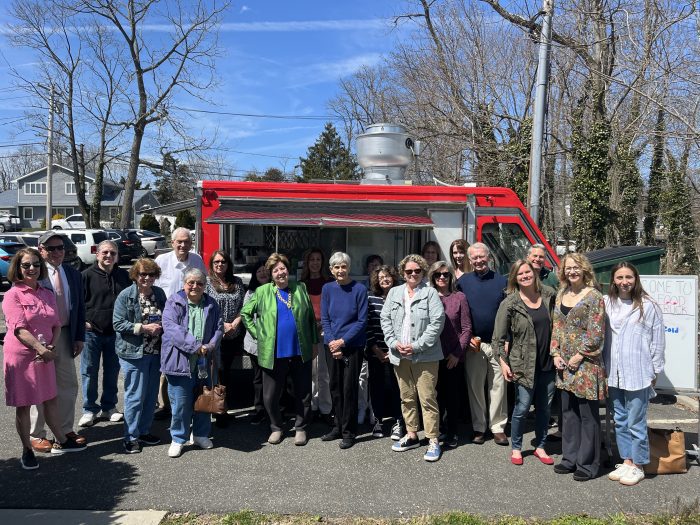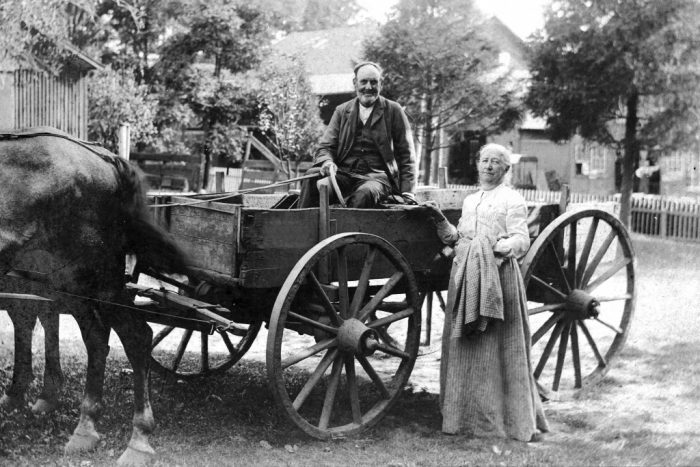2014 — 2024: This year marks a decade of celebrating the creative writing and artistic talent from junior high and high school students of the Three Village community.
Emma Clark Library is overjoyed to reach this significant milestone. Those in grades 7 to 12, who reside in the Three Village Central School District, created an original picture book for children, in hopes of winning a substantial monetary prize and recognition. Their hard work paid off. Library board members & staff, the family of the late Helen Stein Shack, local elected officials, representatives from the Three Village Central School District, and guests all gathered on Monday, April 8 to honor the winners of the 10th annual Helen Stein Shack Picture Book Award:
First Prize in the Grades 7 to 9 category was awarded to Elizabeth Wright, a 9th grader at Gelinas Junior High School, for her children’s book titled Danny’s Birthday while Julia Hou, a 10th grader at Ward Melville High School, captured first prize in the Grades 10 to 12 category for her book Billy the Unusual Giraffe.
Juni Een, a homeschooled 8th grader, won second prize for her children’s book Our Trip to Estonia in the Grades 7 to 9 category and Sleepless Saturday, authored by Claire Sloniewsky and illustrated by Justine Bushman, both 11th graders at Ward Melville High School, snagged second prize in the Grades 10 to 12 category.
Library Director Ted Gutmann, along with the family of the late Helen Stein Shack, presented the winners’ books — bound and added to the Library’s Local Focus Collection — along with $400 checks to the first prize winners and $100 checks for the second prize winners.
Councilmember Jonathan Kornreich and a staff member from Assemblyman Ed Flood’s office were in attendance, and they presented certificates to the winners. The winners also received certificates from New York State Senator Anthony Palumbo.
Mr. Gutmann remarked that he thought the illustrations were particularly impressive this year. One of Ms. Stein Shack’s daughters, Karen Shack Reid, reflected on the past ten years and recalled many of the wonderful winning entries throughout the decade. She also emphasized that it’s not just about the creativity, but also about the confidence that this contest builds and how important that confidence was to her mother.
Library Board President Christopher Fletcher and Treasurer David Douglas were there to congratulate the winners. President of the Three Village Central School District Board of Education Susan Megroz Rosenzweig, Superintendent Kevin Scanlon, Gelinas Junior High School Principal Corinne Keane, Ward Melville High School Assistant Principal Stacey Zeidman, Three Village Art Department Chairperson Jennifer Trettner, Gelinas Junior High English Department Chairperson Joanna Cadolino, and the Ward Melville High School Librarian April Hatcher were all in attendance.
Guests enjoyed sweets by The Bite Size Bake Shop, a local Three Village-owned business that has been donating desserts to the ceremony for the past ten years
Eleven years ago, the children of the late Mrs. Shack approached the Library with the idea of establishing an endowment as a tribute to their mother, a teacher and lover of libraries, especially Emma Clark Library. After meeting with staff and discussing possibilities, the idea for this cherished contest was born. Their gift covers the cost of the awards and passes along Ms. Shack’s joy of reading and lifelong learning to future generations.
The Helen Stein Shack Book Contest calls for teens in grades 7 through 12 who live in the Three Village Central School District to create a children’s picture book. Each entry could be the work of a single author/illustrator or a collaborative effort between an author and an illustrator. The contest was divided into two grade categories, grades 7 through 9 and grades 10 through 12, with one First Prize Winner and one Second Prize Winner selected from each group.
In speaking to the family of the late Ms. Stein Shack, Councilmember Kornreich remarked, “I just want to thank you for this beautiful living gift that you’ve created for this community in honor of your mother. It really is such a beautiful opportunity for these kids to develop and shine and for us all to share. Thank you very, very much for the palpable love that you brought to this endeavor.”
“Here’s to the next ten years,” proclaimed Ms. Shack Reid.











